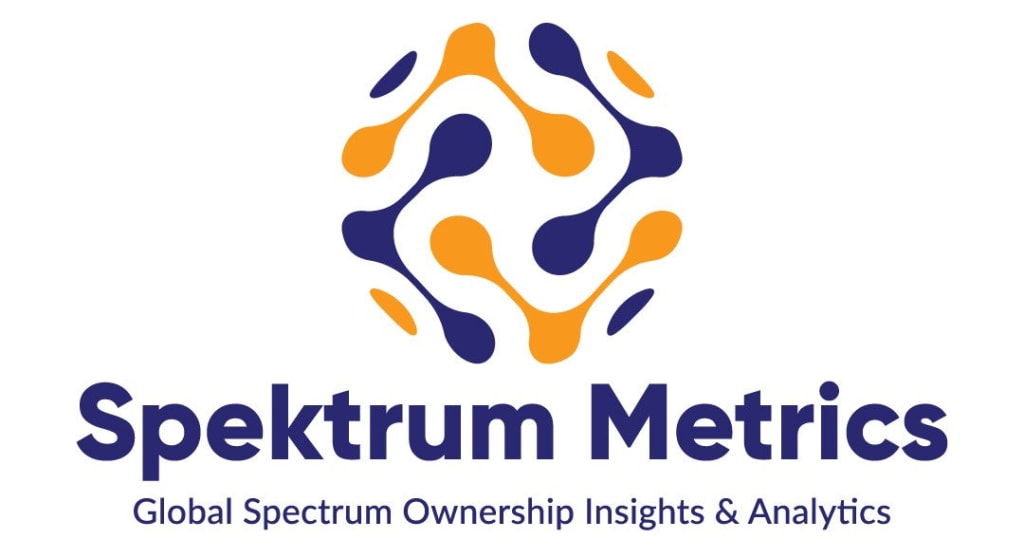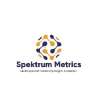Efficient Spectrum Management for Wireless Technologies
Spectrum Management for Wireless Technologies

Managing the wireless spectrum is an essential component of contemporary communication networks, which are increasingly dependent on wireless technology. Controlling and assigning portions of the radio frequency spectrum to a variety of wireless technologies and services to ensure that these technologies and services may function without being disrupted by one another is known as spectrum management. The radio frequency spectrum is a limited resource that is always in high demand. Moreover, the need for spectrum is expected to continue growing as more wireless technologies become available. For this reason, it is necessary to manage the range effectively, and one of the ways to accomplish this goal is to grasp the spectrum depth as it relates to NR bands.
Understanding Spectrum Depth by NR Band
The quantity of unused spectrum included inside a particular frequency band is referred to as the band's spectrum depth. Because many wireless technologies each operate inside unique frequency bands, it is vital to have a solid understanding of the spectrum depth by NR band. Hence, for wireless network operators to correctly assign spectrum to the correct wireless technology, they must have a solid grasp of the available scope within a given frequency range.
Wireless Spectrum Map
A graphical representation of the wireless spectrum is referred to as a wireless spectrum map. It displays the frequency bands that are accessible together with their respective positions on the map. Wireless network operators can efficiently use this equipment to determine the spectral density in a specific location by using NR bands as the unit of measurement. The map provides information on the various available spectrums, allowing operators to prepare for and share spectrum resources more effectively.
Spectrum Metrics
Spectrum metrics are a collection of criteria that are used in the process of measuring and analysing the performance of the wireless spectrum. This process is referred to as spectrum measurement and analysis. By utilising the metrics, one can ascertain the overall quality of the wireless network and find vulnerable areas within the system. A significant statistic known as the Signal-to-Noise Ratio, or SNR, evaluates the strength of a signal concerning the amount of energy that is contributed by noise. When there is a high signal-to-noise ratio, also known as SNR, the indication is clear, while there is a relatively low degree of noise. Because of this, the performance of the network is improved. Data transmission mistakes can be quantified by the Bit Error Rate (BER), and the Carrier-to-Interference Ratio (CIR) compares the signal power to the interference power. The CIR measures the ratio of the signal power to the interference power. Both measures calculate the balance of the signal's power to the interference's power.
Tools for Measuring Spectrum Depth by NR Band
A few different instruments may be used to measure the spectrum depth by NR band. These technologies may be utilized to determine which frequencies of the electromagnetic spectrum are accessible for utilization and detect interference from other wireless networks. Spectrum analyzers, signal generators, and network analyzers are a few examples of the most prevalent types of testing equipment.
Spectrum analyzers are pieces of equipment that are utilized in the process of determining the amplitude as well as the frequency of radio signals. In the wireless sector, they are often deployed to measure the intensity of wireless signals and locate frequency bands that are either overcrowded or need to be more utilized.
Radio signals may be created and transmitted using various electronic devices known as signal generators. They are frequently used in the wireless sector to evaluate wireless networks' operation and mimic the effects of interference. This is done to ensure that customers receive the best possible service.
Devices known as network analyzers are employed to evaluate the effectiveness of wireless networks. It is standard practice in the wireless sector to use them to measure the data rates, latency, and several other performance metrics of wireless networks.
Benefits of Understanding Spectrum Depth by NR Band
Gaining an understanding of the spectrum depth by NR band comes with several advantages, including the following:
1. Effective spectrum allocation: Wireless network operators can efficiently distribute spectrum resources to the correct wireless technology when they know the available spectrum within a specific frequency range.
2. Optimum network performance: Assigning the right spectrum to suitable wireless technology is necessary to achieve optimal network performance. For instance, applications that demand a large bandwidth, such as video streaming, call for a broader spectrum. In contrast, applications requiring a small bandwidth, such as email, call for a smaller range.
3. Increased network capacity: Understanding the spectrum depth as it relates to each NR band enables wireless network operators to make the most of the available spectrum, which in turn can lead to an increase in network capacity.
4. Less likelihood of interference: Effective spectrum allocation decreases the possibility that various wireless technologies may interact when operating within the same frequency range.
5. An enhanced user experience: The optimization of network performance and the reduction of interference can lead to an improved user experience, which in turn leads to improved customer satisfaction and retention rates.
Conclusion
Management of the wireless spectrum is essential to operating effective and dependable communication networks. It is crucial to wireless spectrum management to have an understanding of the spectrum depth by NR band. This allows operators to allocate spectrum resources to the correct wireless technology efficiently. A wireless spectrum map is a helpful instrument that can determine the spectrum depth in a specific geographic region according to the NR band. In addition, spectrum measurements like signal-to-noise ratio (SNR), bit error rate (BER), and circular interference ratio (CIR) may be used to evaluate the performance of the wireless spectrum. Spektrum Metrics is a wireless spectrum management tool that provides complete spectrum analysis, mapping, and reporting capabilities. These features enable wireless network operators to manage their spectrum resources in the most effective manner possible.
About the Creator
Spektrum Metrics
With top-tier wireless spectrum ownership tools in the US, Spektrum Metrics insights into spectrum licensees, providing detailed figures on spectrum usage, LTE channel information, and MHz-POP estimates.
Enjoyed the story? Support the Creator.
Subscribe for free to receive all their stories in your feed. You could also pledge your support or give them a one-off tip, letting them know you appreciate their work.






Comments
There are no comments for this story
Be the first to respond and start the conversation.